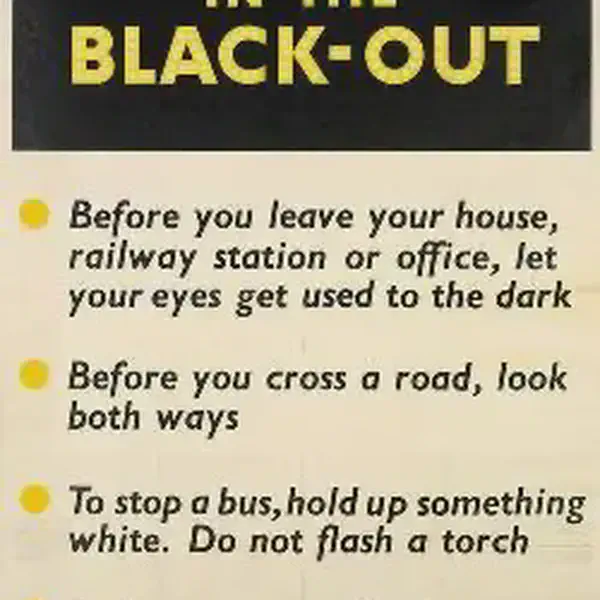
Blackout Restrictions in Scotland Lifted as World War II Heads to a Conclusion.
April 23, 1945
A blackout during war, or in preparation for an expected war, is the practice of collectively minimizing outdoor light, including upwardly directed (or reflected) light. This was done in the 20th century to prevent crews of enemy aircraft from being able to identify their targets by sight, such as during the London Blitz of 1940. In coastal regions, a shoreside blackout of city lights also helped protect ships from being seen silhouetted against the artificial light by enemy submarines farther out at sea.
As the war progressed, some of the blackout restrictions were gradually eased. By Christmas 1939, the blackout period was shortened slightly and certain establishments were allowed some dim exterior lighting unless an air raid was signalled.
British Summer Time
The clocks were put forward one hour in February 1940, and ‘British Summer Time’ remained in place from then on.
Double Summer Time
In May 1941, “double summer time” was introduced, making it light until late at night.
Dim-out
In September 1944, with the threat of German military action against the British Isles reduced, the blackout was replaced by the ‘Dim-out’.
Let there be Light
New regulations allowed a limited amount of light no brighter than moonlight and in April 23, 1945, blackout restrictions were fully lifted one more after over five years.